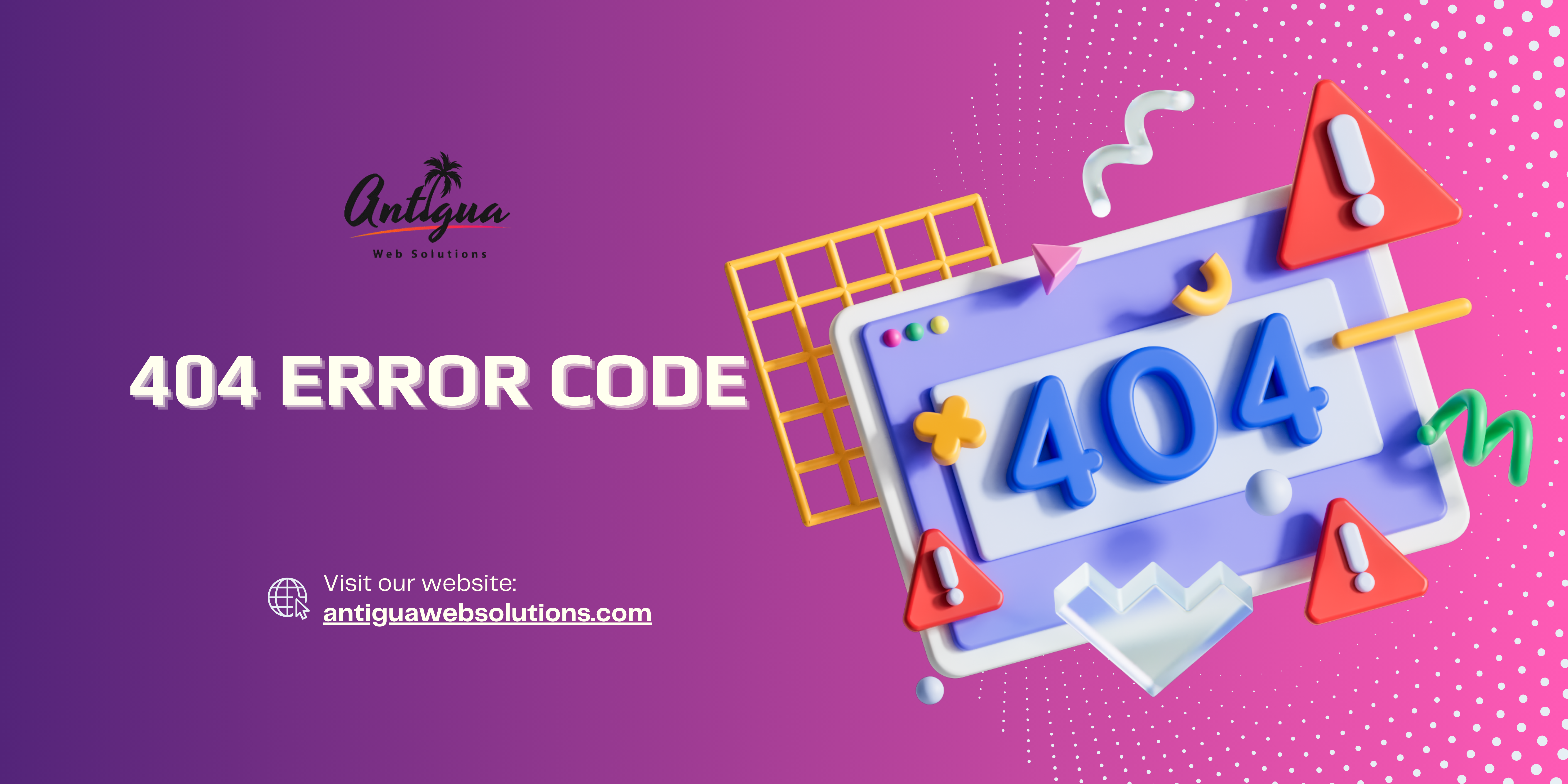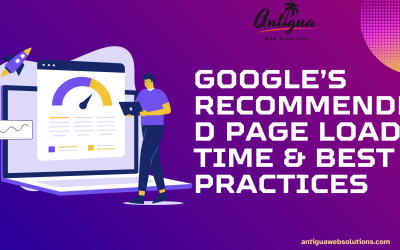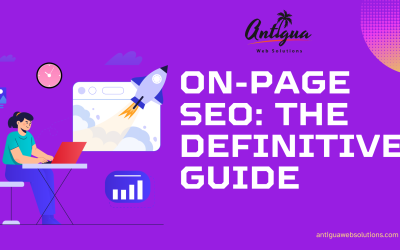A 404 error code is one of the most common challenges users and website owners encounter in the digital world. It can negatively impact user experience, hurt SEO performance, and frustrate site visitors. For website owners, understanding what a 404 error is, its causes, and strategies to fix it is critical for maintaining an optimized and user-friendly website.
In this article, we’ll break down the 404 error meaning, common causes, and its impact on websites. We’ll also provide actionable tips on how to fix 404 errors and optimize your 404 error page for better user engagement.
What is a 404 Error Code?
A 404 error code is an HTTP status code indicating that the server could not locate the requested page or resource. Essentially, it informs the user that the page they’re trying to access does not exist.
404 Error Meaning
- “Not Found” Status: It signifies that the server is reachable, but the specific page is unavailable.
- Client-Side Error: The error is often caused by a mistake on the user or website owner’s side, such as an incorrect URL or a deleted page.
The 404 error not found message can appear in various forms, depending on the website’s configuration. Some websites create custom error pages to make the experience less frustrating for users.
Common Causes of a 404 Error
Several factors can trigger a 404 error code, ranging from user actions to technical issues on the website. Here are the most common causes:
1. Deleted or Moved Pages
If a page is removed or its URL is changed without a proper redirect, users will encounter a 404 error page.
2. Incorrect URLs
Users may mistype a URL or follow an outdated bookmark, leading to a 404 error not found.
3. Broken Links
Links pointing to non-existent pages (often called “dead links”) can trigger the error.
4. Server Configuration Issues
Faulty server settings may inadvertently block or restrict access to certain pages.
5. Content Management System (CMS) Errors
Issues with plugins, themes, or database connectivity in your CMS can also result in a 404 error code.
How 404 Errors Affect SEO and User Experience
SEO Impact
- Wasted Crawl Budget: Search engines allocate a limited crawl budget to your site. Excessive 404 error pages waste this budget, reducing the chances of indexing valuable pages.
- Broken Backlinks: Links pointing to missing pages damage your backlink profile, potentially lowering search engine rankings.
- Negative Signal to Search Engines: Frequent errors can signal poor website maintenance, which may affect overall rankings.
User Experience
- Frustration: Users may leave your site if they can’t find the information they’re seeking.
- Higher Bounce Rates: Poor user experience leads to increased bounce rates, which can further hurt SEO.
- Loss of Credibility: Persistent errors can make your site appear unreliable or outdated.
How to Fix 404 Errors
Resolving 404 error codes involves identifying the root cause and applying the appropriate fix. Follow these steps:
Step 1: Identify the 404 Errors
Use tools like:
- Google Search Console: Pinpoint pages that return a 404 error code.
- Screaming Frog: Crawl your website to detect broken links.
- Web Server Logs: Analyze logs to identify error occurrences.
Step 2: Correct Internal Links
Ensure that all internal links on your site point to valid pages. Update or remove any broken links.
Step 3: Implement 301 Redirects
If a page is removed or moved, set up a 301 redirect to guide users to a relevant page.
Example of a Redirect Rule:
Step 4: Restore the Missing Page
If a page was deleted unintentionally or still holds value, consider recreating it.
Step 5: Fix Typos in URLs
Check for and correct any typos or inconsistencies in your URL structure.
Step 6: Optimize Your 404 Error Page
Create a custom 404 error page that provides useful information and guides users back to your site.
How to Create an Effective 404 Error Page
A well-designed 404 error page can minimize user frustration and keep visitors engaged. Here are some tips for crafting one:
1. Clear Explanation
Include a straightforward message like, “Sorry, the page you’re looking for isn’t here.”
2. Search Functionality
Provide a search bar to help users find what they need.
3. Navigation Links
Add links to your homepage, contact page, or other popular sections.
4. Branded Design
Incorporate your website’s branding and style to maintain consistency.
5. Humor or Creativity
A little humor or creativity can turn a negative experience into a positive impression.
Tools to Monitor and Fix 404 Errors
- Google Search Console
Track and resolve pages returning a 404 error code. - Ahrefs
Analyze your backlink profile and identify broken links. - SEMrush
Audit your site for technical issues, including 404 error pages. - Screaming Frog
Detect and fix internal and external broken links.
Preventing 404 Errors in the Future
1. Conduct Regular Audits
Regularly check your site for broken links and outdated pages.
2. Use Redirects Wisely
Whenever you move or delete a page, implement 301 redirects to preserve link equity and guide users appropriately.
3. Submit Updated Sitemaps
Ensure search engines have an up-to-date sitemap to index your site accurately.
4. Maintain Backlinks
Work with referring websites to update any backlinks pointing to missing pages.
5. Monitor URL Changes
Avoid frequent or unnecessary changes to your URL structure.
Conclusion
Understanding what a 404 error is and knowing how to fix 404 errors are essential for maintaining a well-optimized website. While the 404 error code can disrupt user experience and affect SEO, addressing these issues promptly ensures that your site remains reliable and user-friendly.
By creating a customized and informative 404 error page, conducting regular audits, and implementing redirects where needed, you can minimize the impact of these errors and maintain a seamless browsing experience.
At Antigua Web Solutions, we specialize in website optimization strategies to ensure your site performs at its best. By addressing issues like 404 error not found, we help businesses improve SEO and user experience, ensuring long-term success in the digital landscape.





